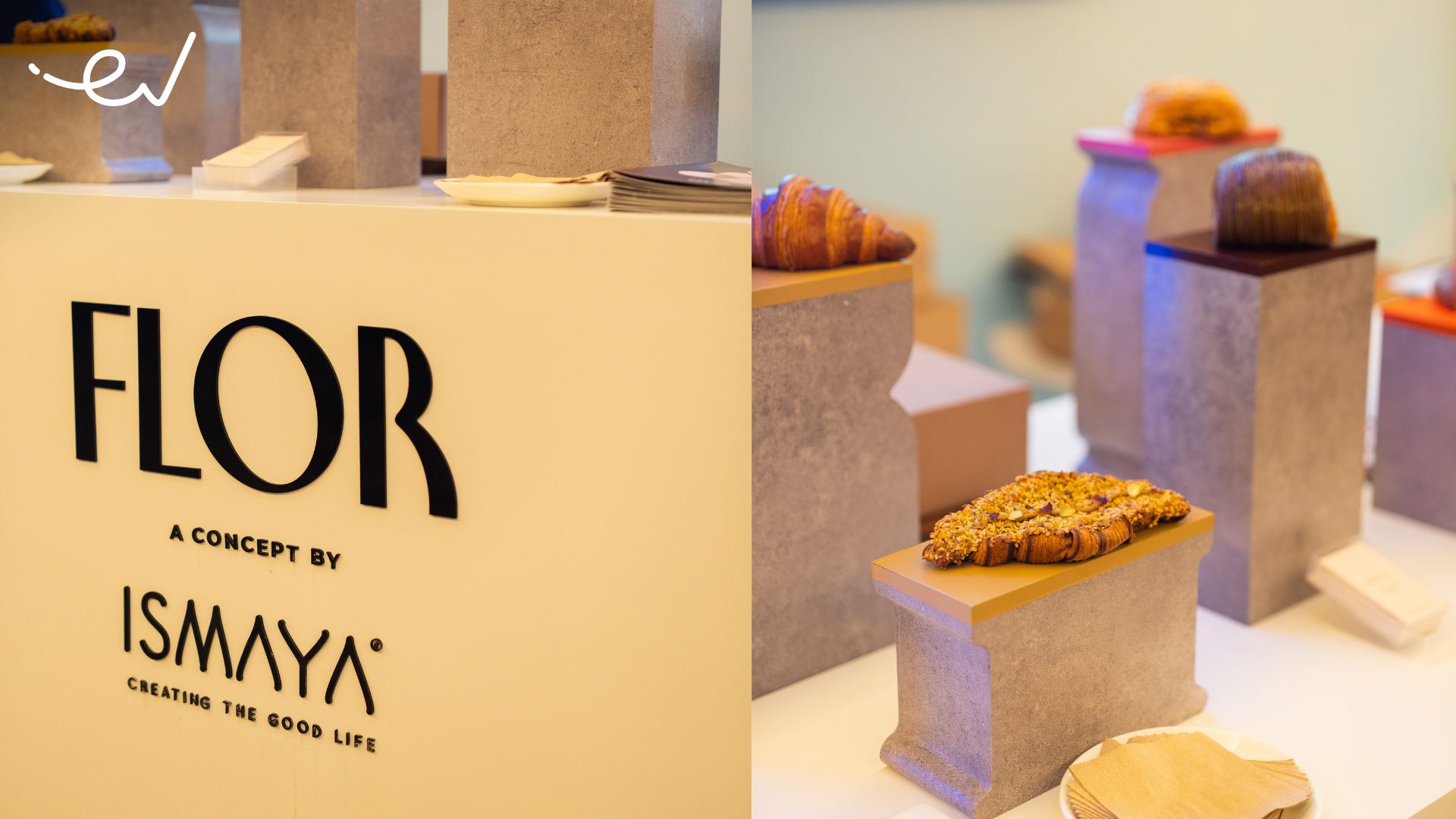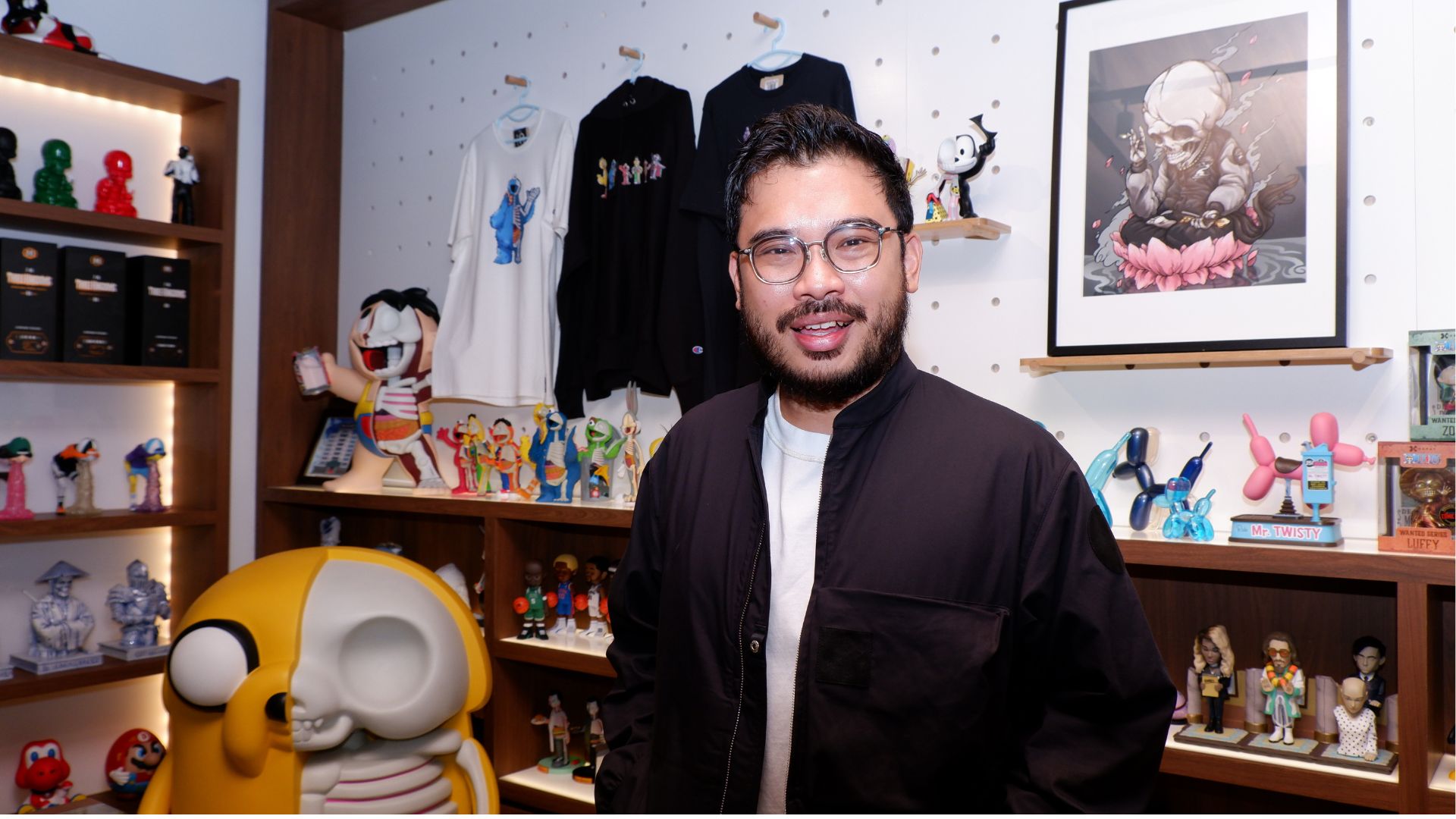Food and Beverage (F&B) has appeared to be a resilient sector for Indonesia, notably with the revival of the tourism and hospitality industry.
Now that people are itching to socialize and have a dine-in experience, the F&B sector recorded 5.33% Year-on-Year (YoY) GDP growth in the first quarter of 2023, above Indonesia’s GDP growth of 5.03% YoY.
Moreover, F&B consumption is also one of the main drivers of the nation’s consumption GDP, making it the second-largest next to transportation and communication.
In addition to this comeback, Indonesia’s middle class has been growing faster than other groups. They have been a major driver of economic growth as they make up about 52 million of Indonesia’s population, and account for 43% of total household consumption, according to a World Bank report. Food accounts for the largest share of middle expenditure, followed by housing, vehicles, health, and others.
Online food delivery has also become the key infrastructure in supporting this revival. A report by Momentum Works shows that Southeast Asia recorded US$17.1 billion Gross Merchandise Value (GMV) for online food delivery. Indonesia was listed as the biggest contributor to this number, with US$4.6 billion in online food delivery sales.
Driven by the growth of the travel and services industry, several vertical F&B businesses have emerged and tapped into the potential market, coffee chain startups, and food delivery.
With consumer behavior change comes new opportunities
This year, the industry has rebounded from the COVID-19 crisis, as restrictions loosened, and people can resume dining activities in restaurants. We saw a resurgence in the number of people dining out at restaurants, and we think the F&B market will grow exponentially after having slow growth in the past two years.
Despite being severely impacted by the pandemic, ISMAYA Group, one of East Ventures-backed F&B companies, directed its focus on three main pillars: digital transformation – it acts as a feedback hub to better understand its customers; operational efficiency to serving takeaway foods; and trust maintenance with customers through hygiene and safety standards.
The prolonged period of social distancing fueled a renewed appreciation for dining as a social activity. However, customers now exhibit heightened expectations regarding health protocols and cleanliness standards.
Many restaurants also incorporate hybrid models that combine dine-in and digital services, such as online reservations, contactless payments, and online delivery.
Such a brand is SaladStop!, which started with the first 15 physical stores and later built cloud kitchens in Indonesia during the COVID-19 pandemic. This model also helped them expand into new areas and test new markets, such as Depok and Tangerang, without spending high capital expenditure (capex) investments. Once the pandemic subsided, they converted these cloud kitchens into physical stores, effectively doubling their revenues by combining online sales with foot traffic from malls.
In a hybrid model, there is a shift where customers value convenience and experience. There are cases where people prefer making online orders and there are those who appreciate a seamless in-store experience.
At the recent East Ventures Summit 2024, four of our direct-to-consumer (D2C) F&B brand founders, Bram Hendrata (Founder and CEO of ISMAYA Group), Adrien Desbaillets (Co-Founder and CEO of SaladStop! Group), Alvin Arief (Co-Founder and CEO of UENA), and Bevin Desker (Co-Founder and CEO of Har Har Chicken!) gathered and shared their nuances on this phenomenon.
Watch the full panel below.
The trend of penetrating the 2nd and 3rd tier cities
Aside from the hustle and bustle of the F&B industry in the big cities, we find a movement where some F&B brands are expanding their markets to second- and third-tier cities. This movement is driven by a stronger economy in Indonesia’s consumption, both in the big cities, and medium and small-sized cities.
Fore Coffee, which currently serves more than 40 cities in Indonesia, brings the concept of premium affordable coffee to second- and third-tier cities. Interestingly, in tier-two and tier-three cities, the basket size and the number of transactions of Fore Coffee are often higher than in tier-one cities. People in these cities really appreciate good products, and they’re willing to spend more for quality.
Additionally, Fore Coffee stores now become destination sites for the growing middle class in Indonesia, providing experiences for all customers during their visits. While serving the middle class can feel like shooting at a moving target, the key is to be sensitive to the direction and degree of these changes.
Similar to Fore Coffee, UENA’s Alvin also witnessed the changing trends among middle—and aspiring middle-class consumers: dining out, as they look for better experience and quality; and buying food outside in lieu of cooking at home. These trends present an immense opportunities.
Moreover, consumers in the second and third-tier cities have an enormous interest in attempting the new F&B brands that have been ‘hyped’ in Jakarta but are still rare to be found in those places. The competition is also not as tough as in the big cities, where F&B players have to exert significant effort to engage their customers. Therefore, we see the second- and third-tier markets as very potential and encouraging for F&B players.
Standardization is crucial for the F&B industry
Funding from investors and digitalization have boosted the growth of the F&B industry’s market size faster than in previous years.
However, we noticed that standardization is a crucial element for F&B businesses to sustain their operations in the long term, particularly for businesses with multiple chains or are aiming for wide expansion.
The more stores in different cities or places, the more complicated it is for the company to manage the F&B quality in each store. Therefore, technology is critical to assist the company in ensuring the same quality in every store.
For instance, how the company can utilize warehouses for inventory management systems or manage the supply chain for their restaurants.
Another challenge that we see is the dense competition in the F&B industry. Consumers might find many options of similar menus among the F&B brands.
The rising stars of local brands also faced tough competition from the global brands, which already existed and had a strong market. Thus, F&B startups might need to spend more on marketing costs to possess robust marketing strategies to penetrate the market.
In this case, we see a unique strategy from UENA, a hyperlocal online F&B startup aiming to solve the daily food problem in Indonesia. For the mass market, it might be slightly difficult to build strong brand loyalty. Hence, UENA is building community-focused outlets, emphasizing convenience and value for money to create a proper dining experience for local neighborhoods.
Additionally, UENA also adapted its approach to channels and marketing. Campaigns that helped communities, such as supporting Gojek drivers through online delivery orders, not only raised awareness but also built goodwill.
As an early believer in Indonesia’s digital ecosystem, East Ventures places a strong interest in the F&B industry, which will be enhanced by Indonesia’s economic growth. We also see some integration among the portfolios, such as supplying some products from our agritech company to the F&B industry.
In addition to ISMAYA Group, SaladStop! Group, Har Har Chicken!, and UENA, other D2C F&B portfolio companies housed in our ecosystem are Fore Coffee, Greens, Greenly, Legit Group, and Otten Coffee.
If you are a startup founder building in the F&B sectors, send your pitch here.
By Mohammad Fahmi, Investment Professional at East Ventures







